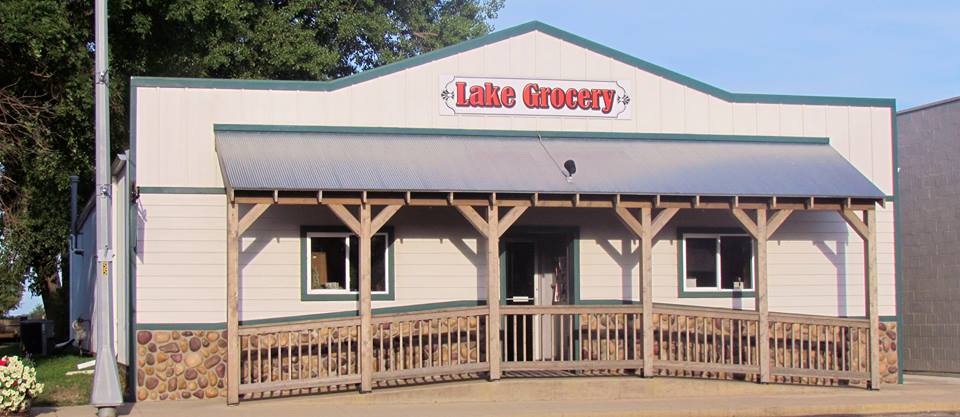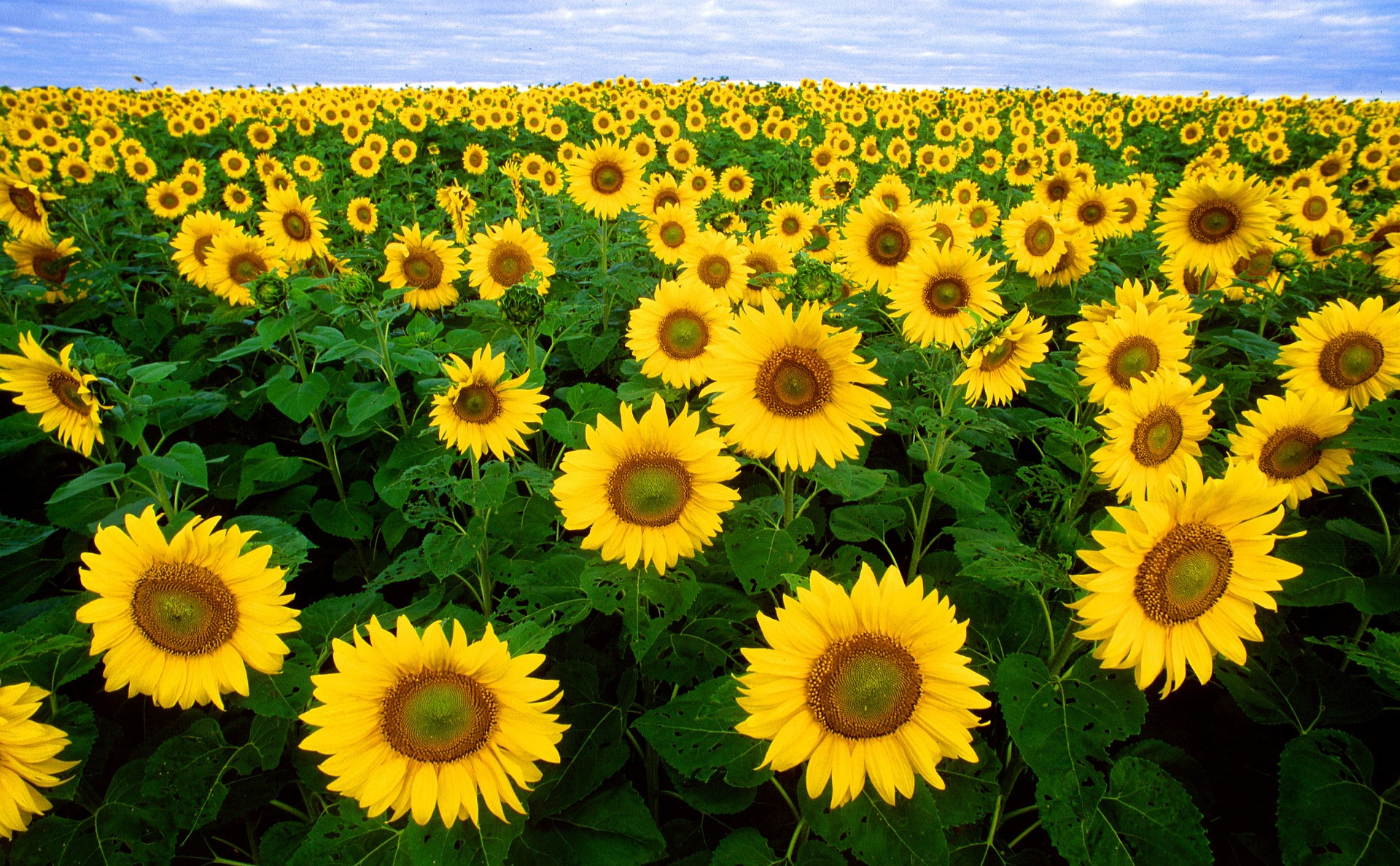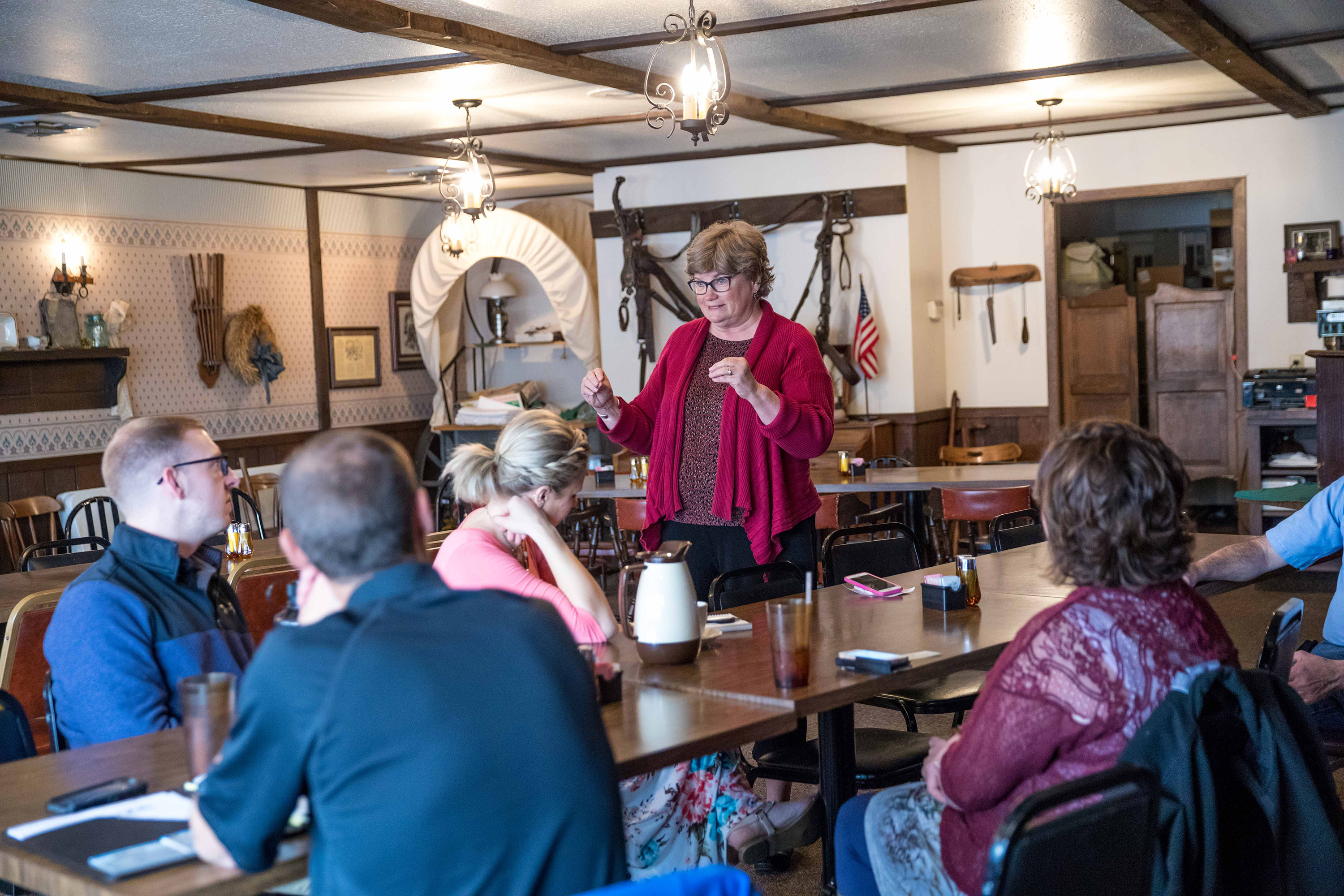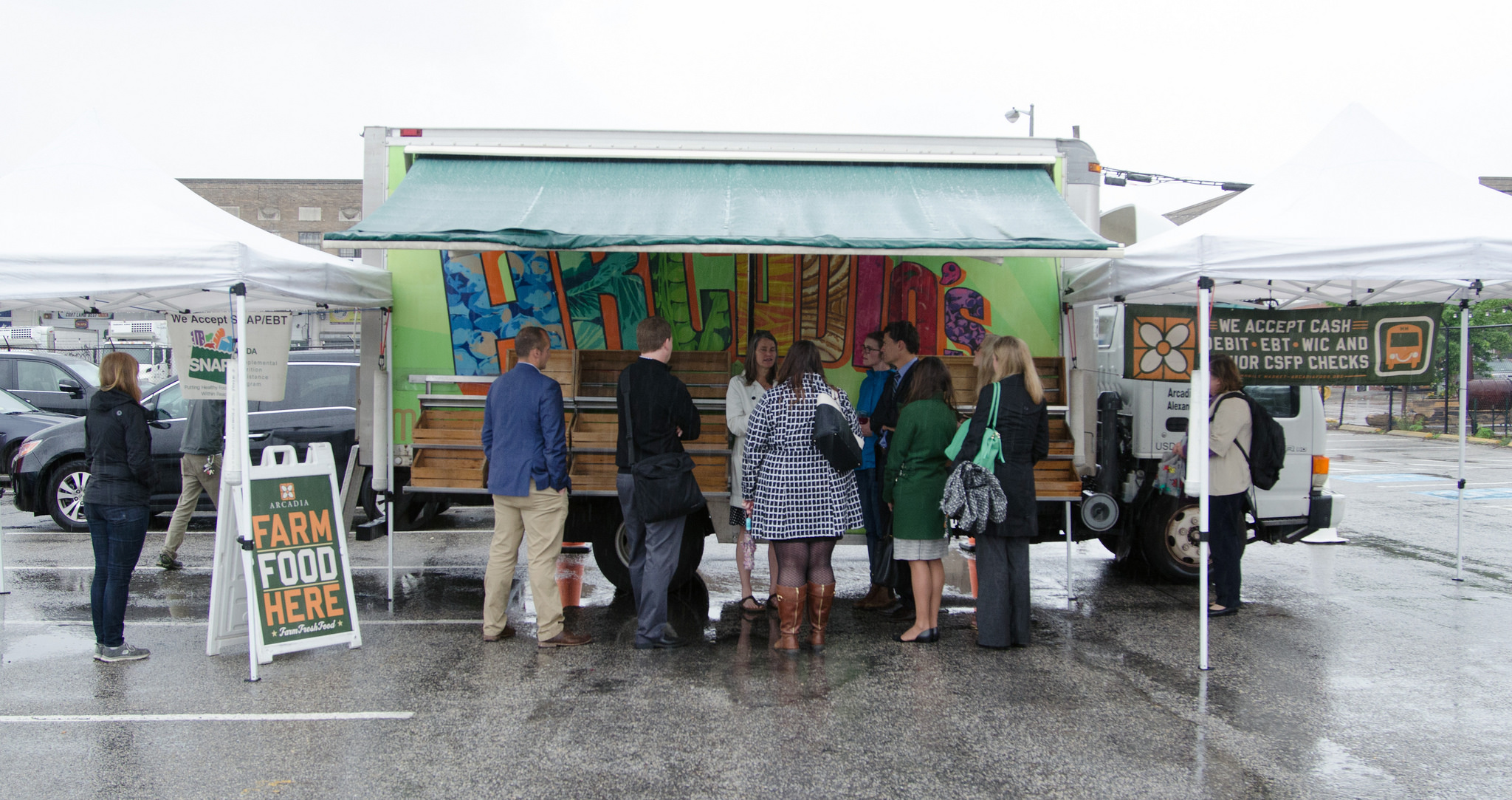Search

Requirements for Food Entrepreneurs Selling Food in South Dakota
Throughout the country and in the state of South Dakota, people are showing more interest in selling their own food products and starting their own business

Hot Weather Challenges Beef Cattle
Hot weather conditions create challenges for grazing beef cattle.

Sweet Clover Poisoning
Hay that contains sweet clover can be an excellent feed as long as the dicoumarol level is known and feeding management is used to prevent poisoning.

Group-Effort Grocery
Although creating and running a community-owned grocery store is a challenge, Willow Lake, South Dakota’s Lake Grocery has been a beacon for the community for over five years.

Why Add an Agritourism Enterprise to Your Farm or Ranch?
Agritourism is the practice of touring agricultural areas to see farms and often to participate in farm activities.

Agritourism and Value-Added Agriculture: Legacy of a Tired Old Barn and 40 Acres
Driven by consumer interest, a growing numbers of farmers across the United States are embracing agritourism to improve their economic sustainability.

The Benefits of Food Hubs
Food hubs provide another marketing option to producers who do not have time to participate in a farmers market or other direct marketing venues.

Container Gardens and CSAs
Just about all of us have room to grow a few vegetables, as long as you have some space where they can get good sun exposure for at least six hours a day. You don’t even have to have a garden!

Yellow Sweet Clover: Information and Management
Sweet clover is an opportunistic plant that is going to be abundant in pastures and hay fields when growing conditions are favorable, ideally for two consecutive years. Although it can cause problems, it is valuable to wildlife and pollinators and is a nutritious forage source.